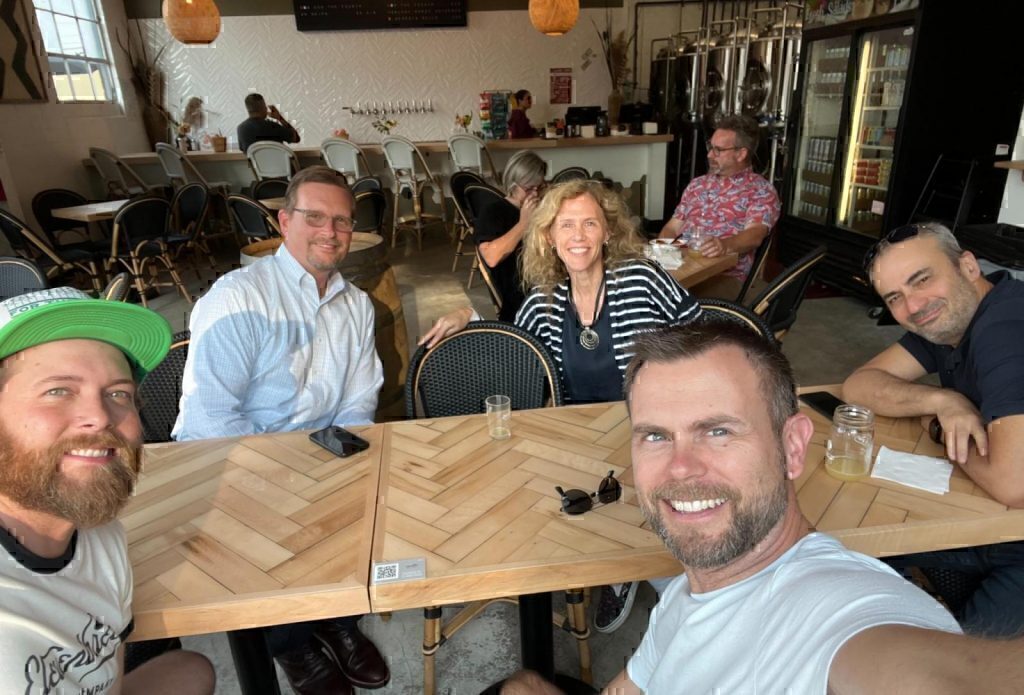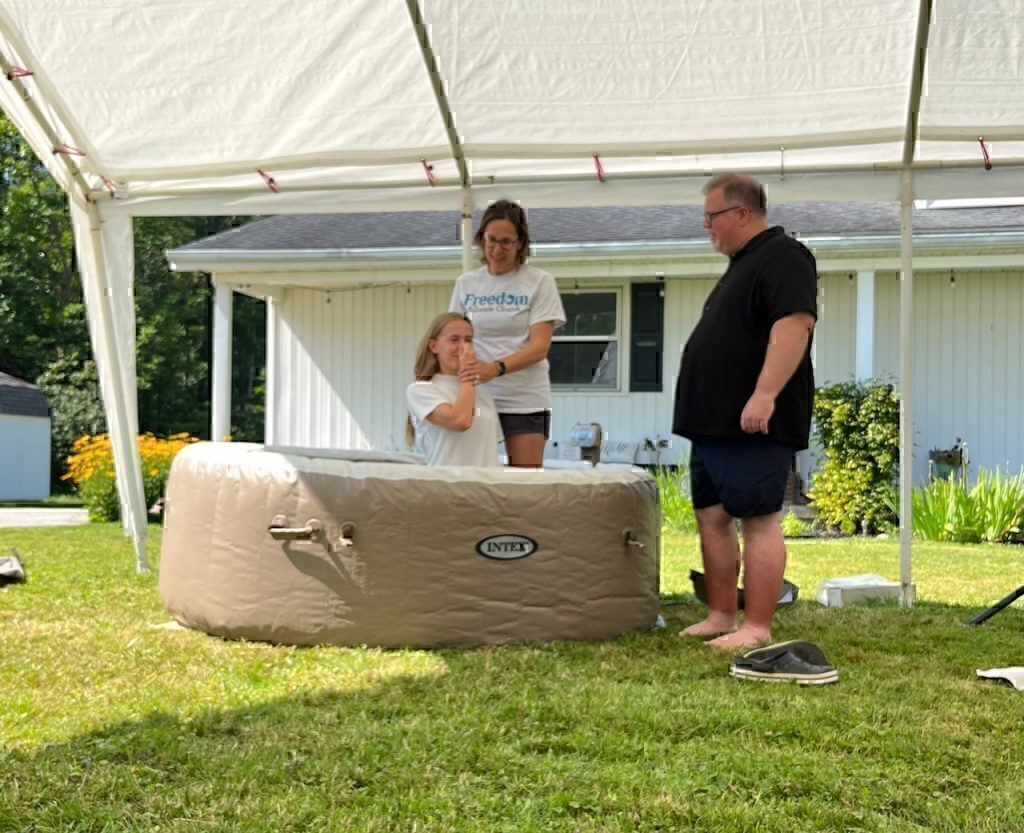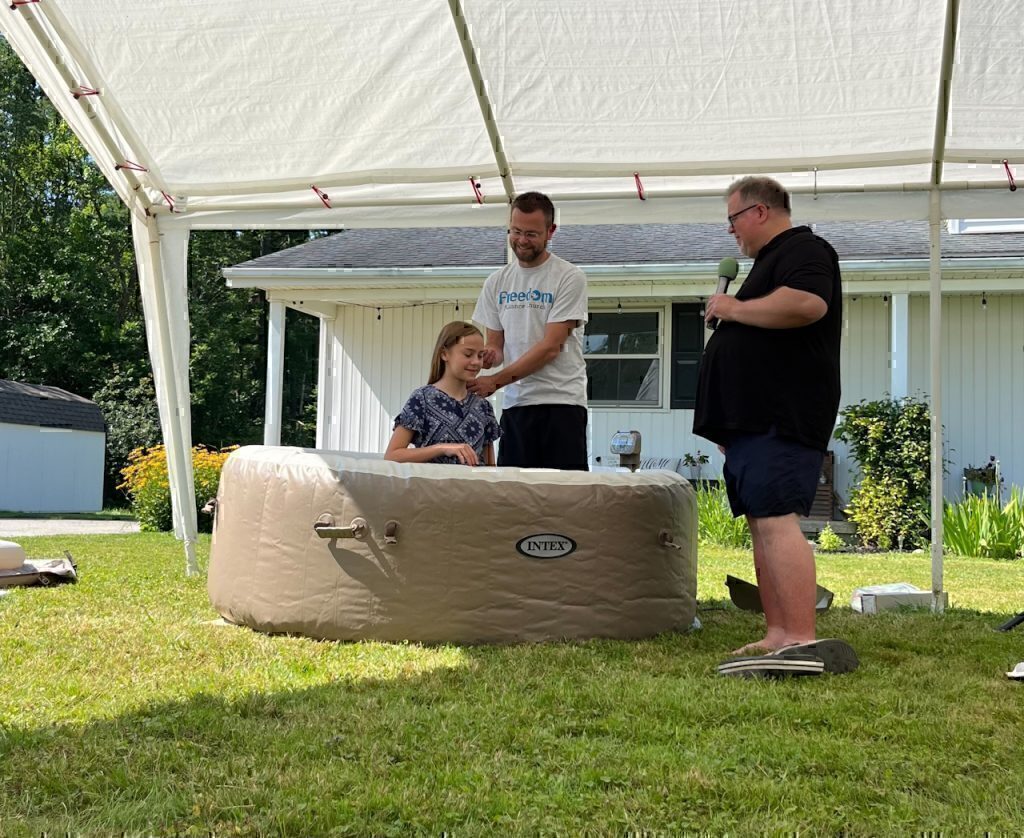A good friend of mine in Canada has been out of work for almost a year. I spent this past weekend with him to commiserate and try to encourage, and as with every time I return to our home country, I was amazed by how much it has changed…
Donald Trump, an objectively treasonous criminal, all-round foul human being, and once again candidate for President, recently (and actually) channeled Hitler by saying of immigrants “They’re poisoning the blood of our country.” So I guess that’s one take. I’d suggest maybe a little more nuance is in order…
Let’s be clear, there’s only one race in discussion here: the human race. Based on the establishing principles of both Canada and the US, members of that race are entitled to dignity and basic human rights. In my religion, every individual is created in the likeness of God, and as such, should be respected. However, it doesn’t necessarily follow that all humans are entitled to live where ever they want. Nations need security and sovereignty, and there is something to be said for honoring and protecting cultural uniqueness.
So somewhere between not drowning children in rivers full of razor wire, and not throwing borders wide open, is a rational position on immigration. Do we still have the ability to reason out what that might be? Or has civilization fallen so low that we can’t even discuss things like this sanely any more?

Nicole and I are immigrants to the U.S. My dad and Nicole’s grandmother were both immigrants to Canada. My family has benefited from legal immigration processes that required time and effort and paperwork — but ultimately were worthwhile. In fact, my Permanent Resident status is under a National Interest Waiver, meaning my guest country believes its in their interest to have me here. So I’m definitely pro-immigration.
On the other hand, its hard to argue that Canada’s permissive immigration policies of late have been good for that country. Its population grew by 1 million in 2022, spurred largely by international immigration. Only this month have they set a cap on temporary residents — it took two years for that government to realize the impact of changing the size of your population by 2.5% annually. Canada is a country that mostly lives within a 200 km strip along its southern border — there’s only so much real estate to go around; eventually the market will price out the country’s own citizens. That’s not a xenophobic or uncompassionate statement, its simply a factual one: people need a place to live, and single family home prices have more than doubled in a decade — with little indication of slowing. The current government has done very little to address this self-made crisis, and its that lopsided policy that lacks actual compassion.
Update 3/28: This year we hit 1 million new residents in a few months.
The job market has changed as a result, as well. Canada’s Temporary Foreign Worker program offers hope to immigrants, but yesterday the government acknowledged it needs some “adjustment”. Turns out that employers are all too happy to offer predatorily low wages to immigrants, who will work for cheaper than citizens, on the theory that they’ll find a way to stay. That’s not fair to those temporary workers — who won’t be able to afford the astronomically high home prices — nor to the citizens, losing job opportunities to visitors.
But the really difficult issue to address is the cultural impact. Its not the “blood of a country” that is at risk — again, we all bleed the same kind of blood — but we are in a moment of cultural upheaval here in the U.S. and Canada. Many of our traditionally held positions are being tested, and some, rightfully, being discarded. How we chart a course in the culture war between increasingly extreme right and left is a challenging enough problem on its own. Now add the cultural uniqueness, background and debates from around the world into our milieu of ineffective political discourse, and you’ve got a melting pot ready to boil over…
I re-watched Star Trek VI after I got back from Canada. Its a transparent allegory of post-Cold War tensions. The war-like enemy race, the Klingons, have suffered a fatal blow to their empire, and need to seek peace with the (American-like) Federation in order to survive. Former commanders and war heroes from both sides find themselves re-tasked as Ambassadors, in an awkward transition to a new era. I won’t give the story away, but suffice it to say, not everyone is ready for assimilation. “If there is to be a brave new world,” says the Klingon chancellor to Captain Kirk, “it will be our generation that has the hardest time living in it.”

When I go back to visit Ontario, its readily apparent that the face of my home province has changed drastically. Anywhere you stop for coffee along the 401 corridor, the culture has changed. It doesn’t look like where I grew up — and I’m not saying that’s necessarily bad. I’ve had the privilege of experiencing other cultures in other countries many times in my life, and I can readily acknowledge that WASPy North America does not have a lock on the best way to live, work, or relate to each other. Its good and appropriate that we acknowledge and learn from each other. Its important too, to ensure that a host country has an opportunity to teach newcomers what makes their new home so wonderful, and give immigrants an opportunity to contribute to the culture they have joined.
A compassionate immigration policy, with a reasonable process, that admits a manageable number of newcomers annually — while leaving enough discretionary room to respond to real global emergencies when they happen — makes sense.
Above all, however, its important to acknowledge the worth and importance of every individual, and the common likeness we all share. When we fail to do so, or when a political candidate’s rhetoric sows fear and hatred, we de-humanize each other — and as a result, dehumanize ourselves. One of Canada’s more brilliant moves is a sponsorship program, where Canadian families play initial host to refugees, helping them find their way functionally and culturally in their new home. Not only does it help immigrants transition, but it gives Canadian citizens a way to learn about newcomers’ cultural backgrounds, creating common ground and a non-threatening way to head off xenophobia at the individual level. Tying immigration thresholds to availability of these support programs helps set a pace that is empathetic to everyone.
Once again, we have two crappy Presidential candidates here in the U.S. In Canada, its increasingly clear our P.M. has no idea what he’s doing. Immigration is a pawn in a game clumsily played by the inept, cognitively-impaired people we keep choosing to lead our countries. Their stupid maneuverings have catastrophic impact on individual people, and the economies we depend on. While human beings are created in the likeness of God, our countries and our governments most definitely were not!
The writer of Hebrews had this to say about those the Lord considers faithful: All these people were still living by faith when they died. They did not receive the things promised; they only saw them and welcomed them from a distance, admitting that they were foreigners and strangers on earth. Literally, this is not our home — we’re just passing through! God has a completely different kind of country in mind for His people.
Jesus himself had a few words to say on how we must treat those in need while we’re here: Then he will say to those on his left, ‘Depart from me, you who are cursed, into the eternal fire prepared for the devil and his angels. For I was hungry and you gave me nothing to eat, I was thirsty and you gave me nothing to drink, I was a stranger and you did not invite me in, I needed clothes and you did not clothe me, I was sick and in prison and you did not look after me… Truly I tell you, whatever you did not do for one of the least of these, you did not do for me.’
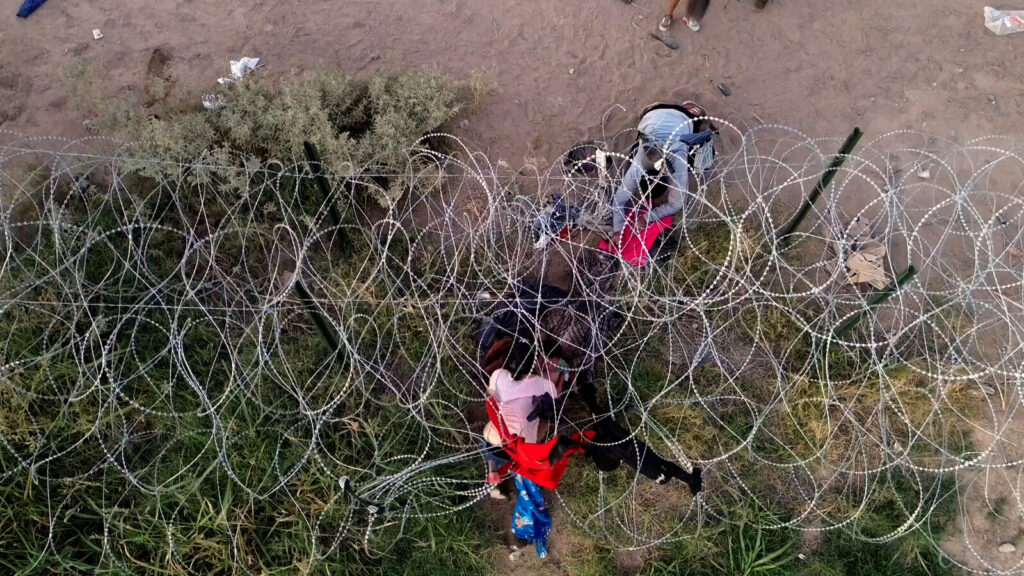
I’m not sure I could create an immigration policy better than either of my two countries, but I do know that both have room improve. We can’t afford to live in Canada, the place we were born, in no small part, because of immigration; in many ways we’ve been literally locked out of our own country. But what’s happening at America’s southern border is inhumane and cruel, and must be condemned. The secular AND religious founding principals of this country provide no allowance for how desperate migrants are currently being treated: we hold these truths to be self-evident — and we must do better.

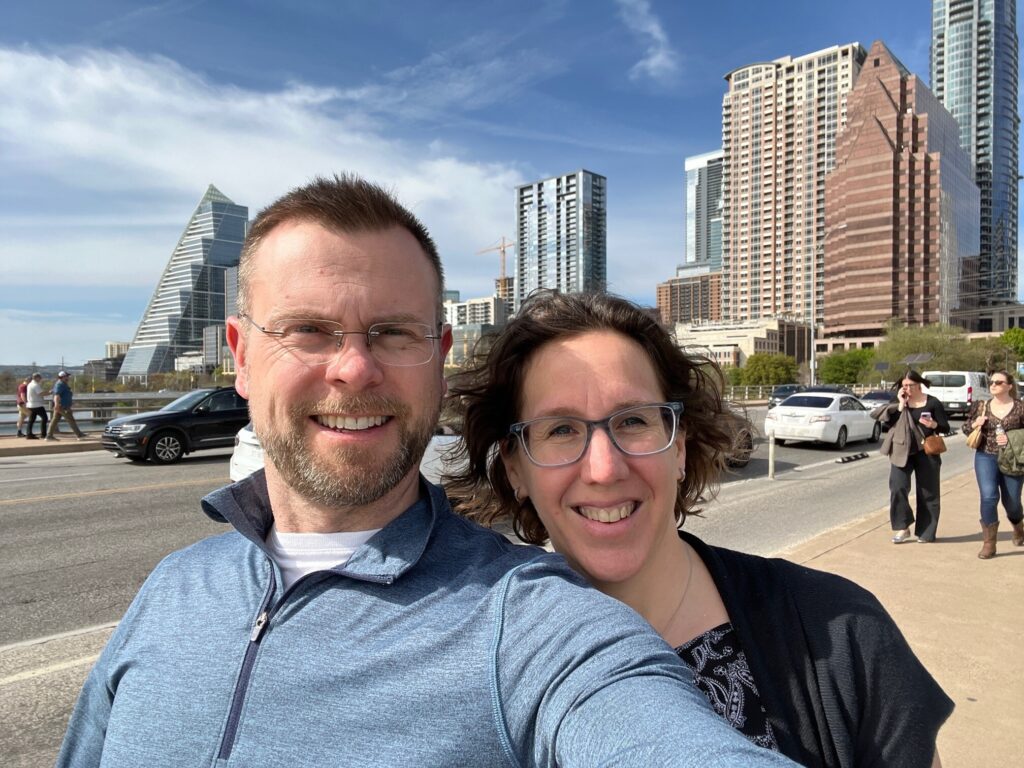

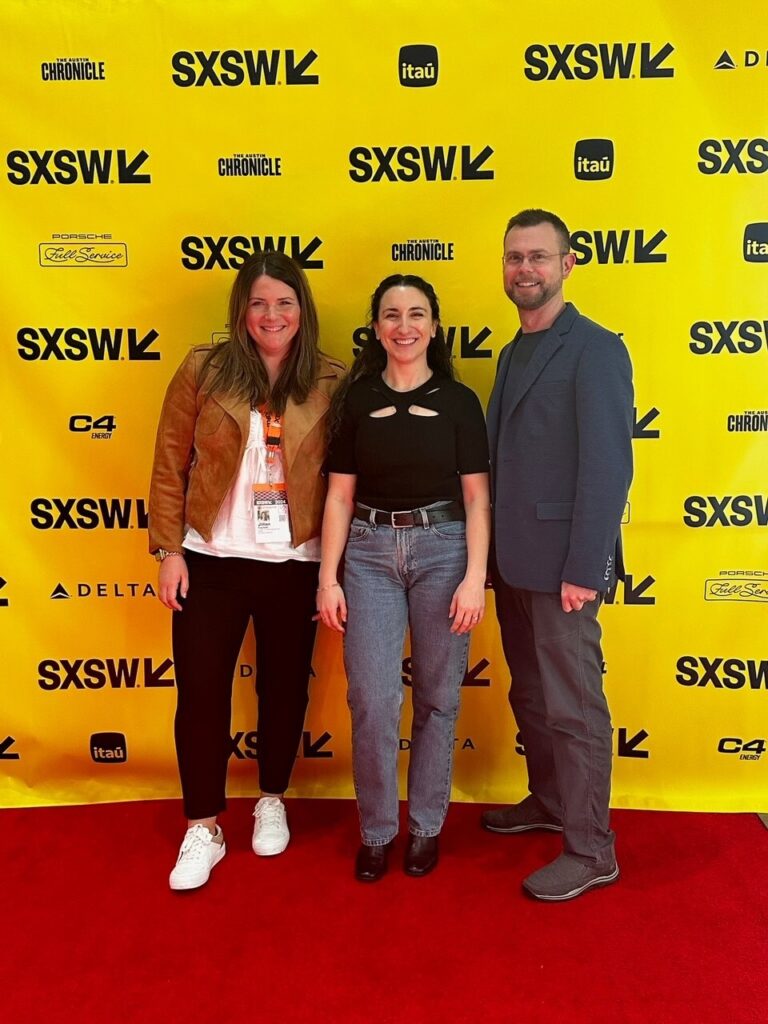

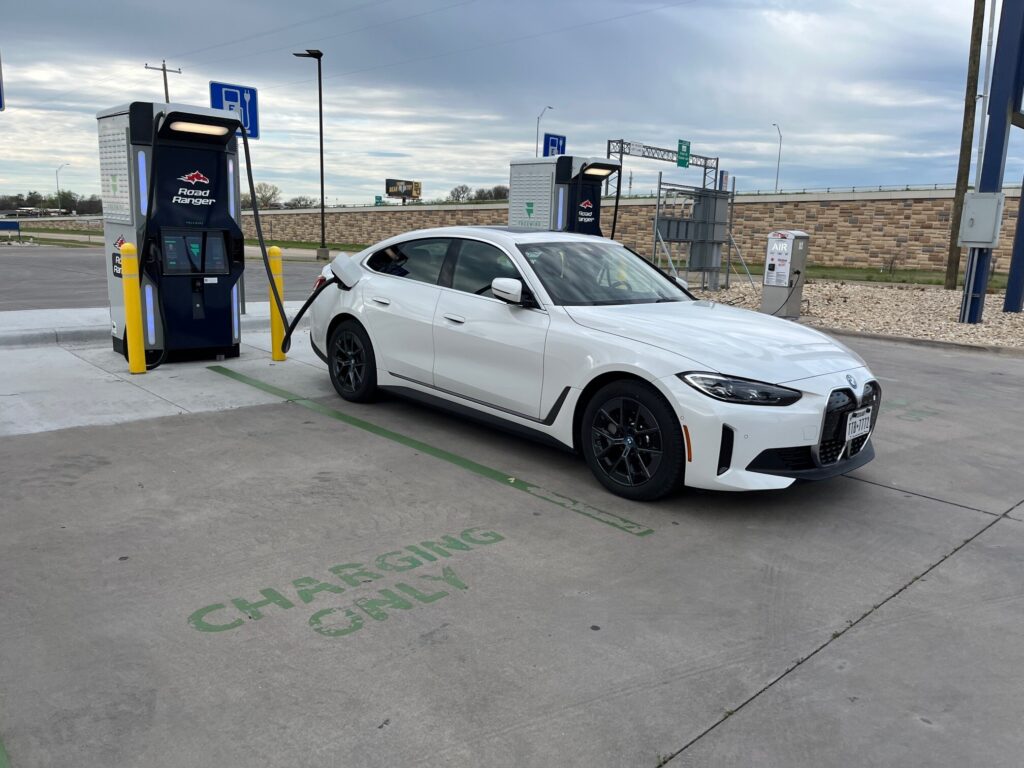

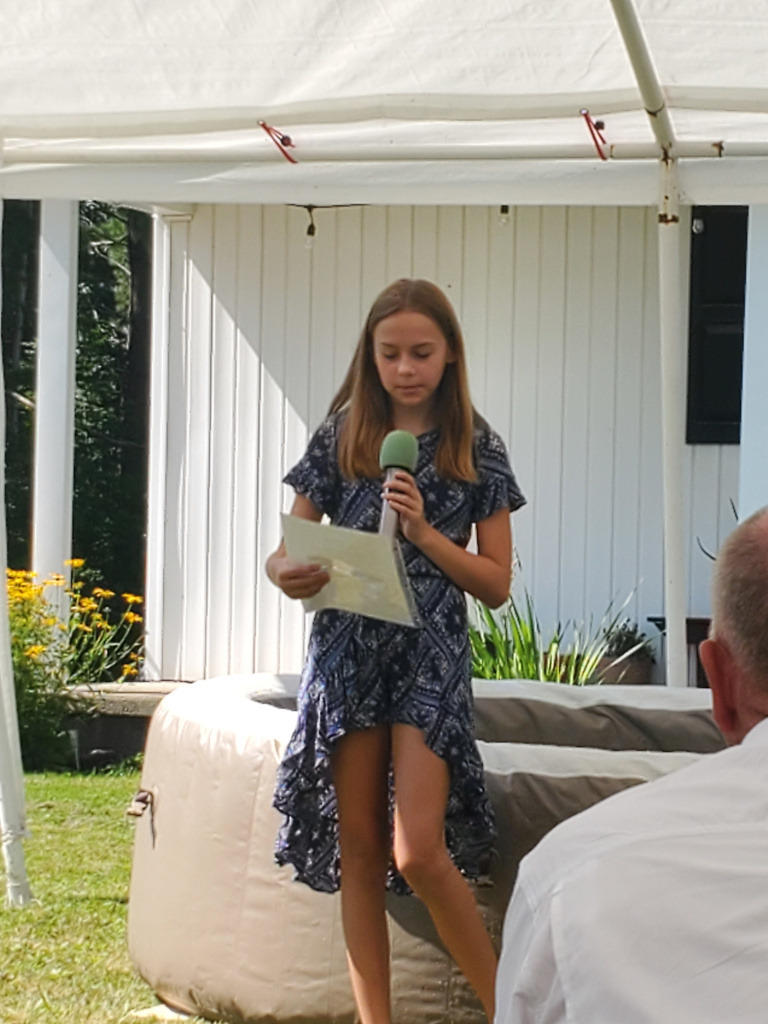

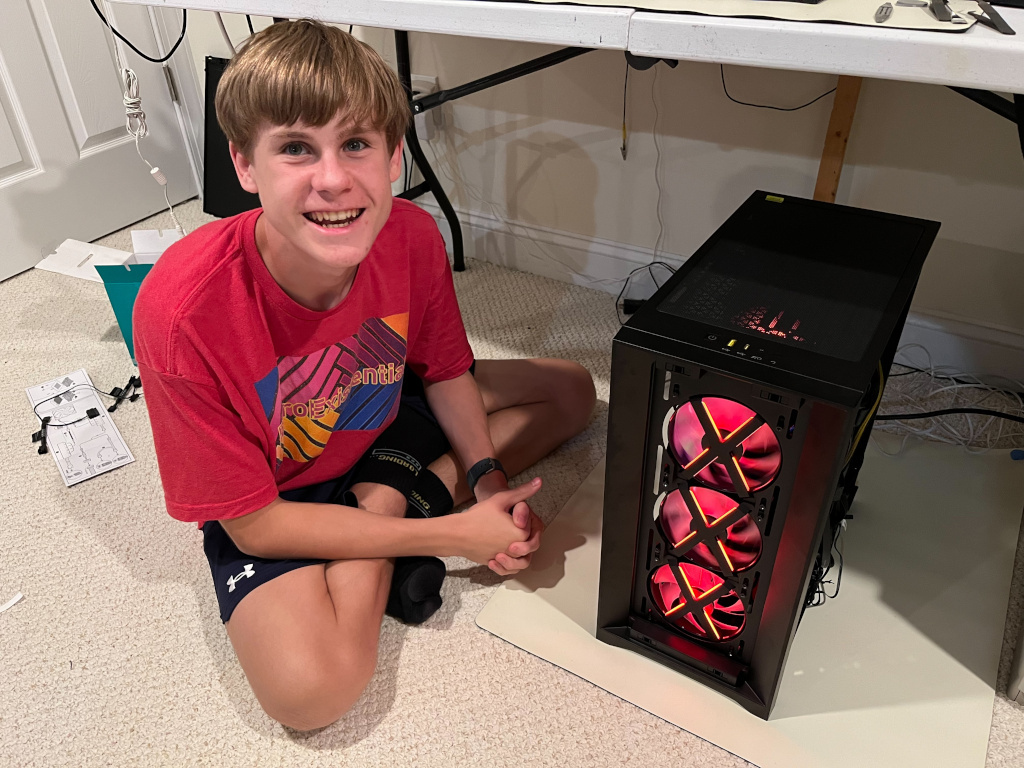


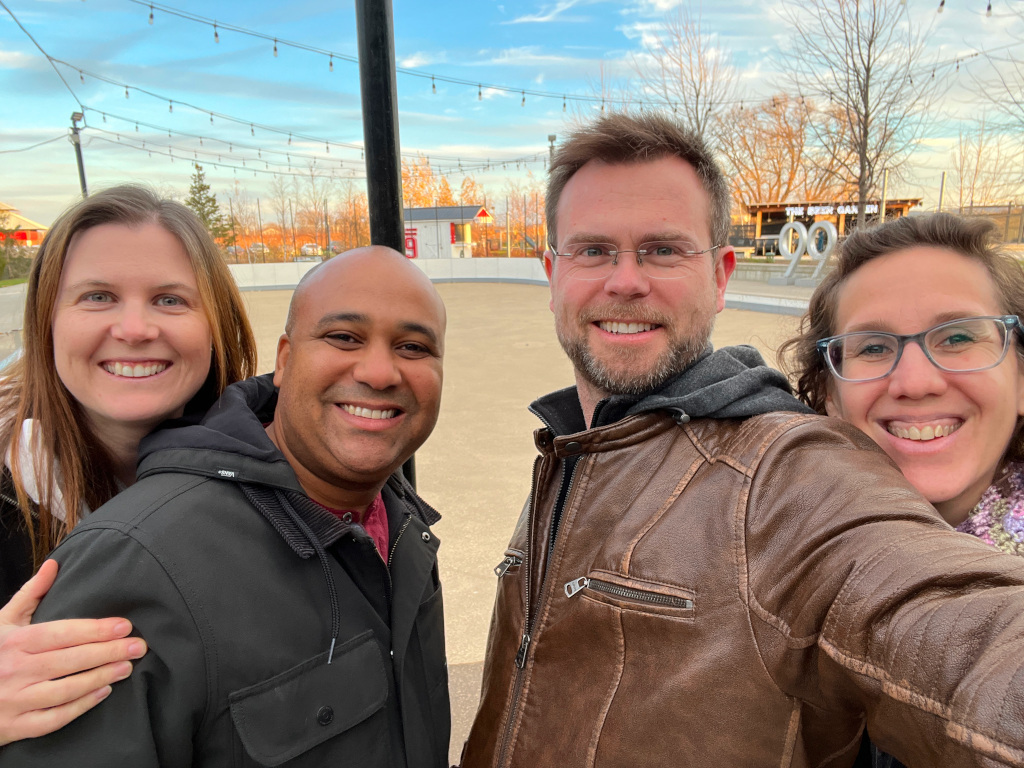
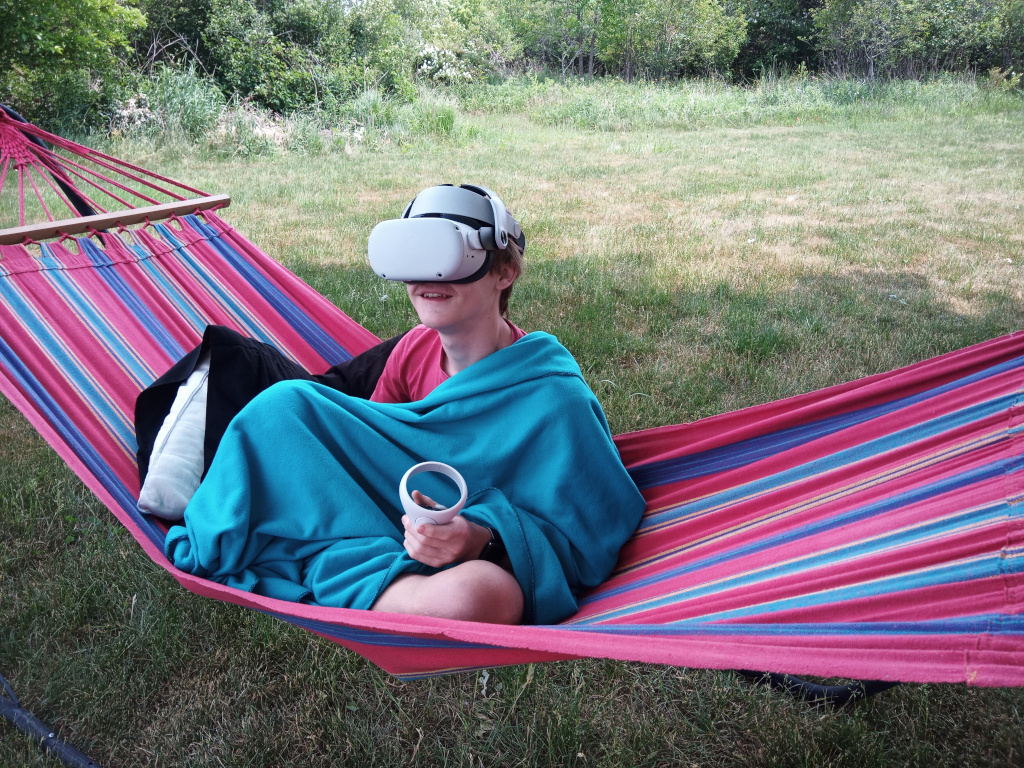
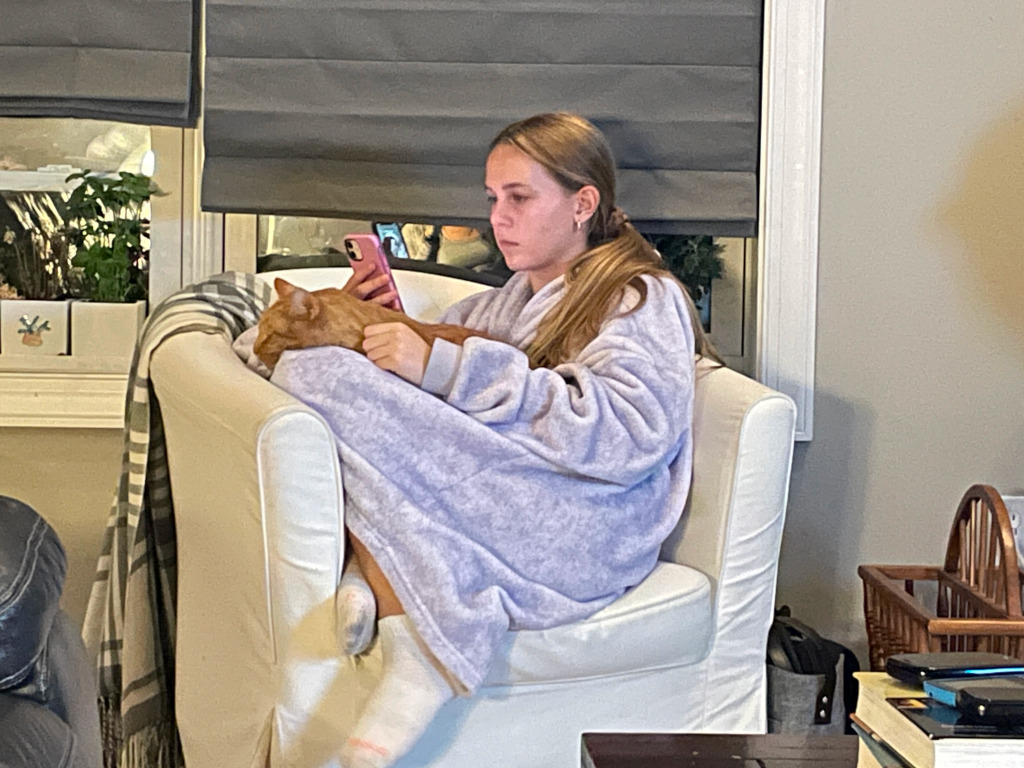

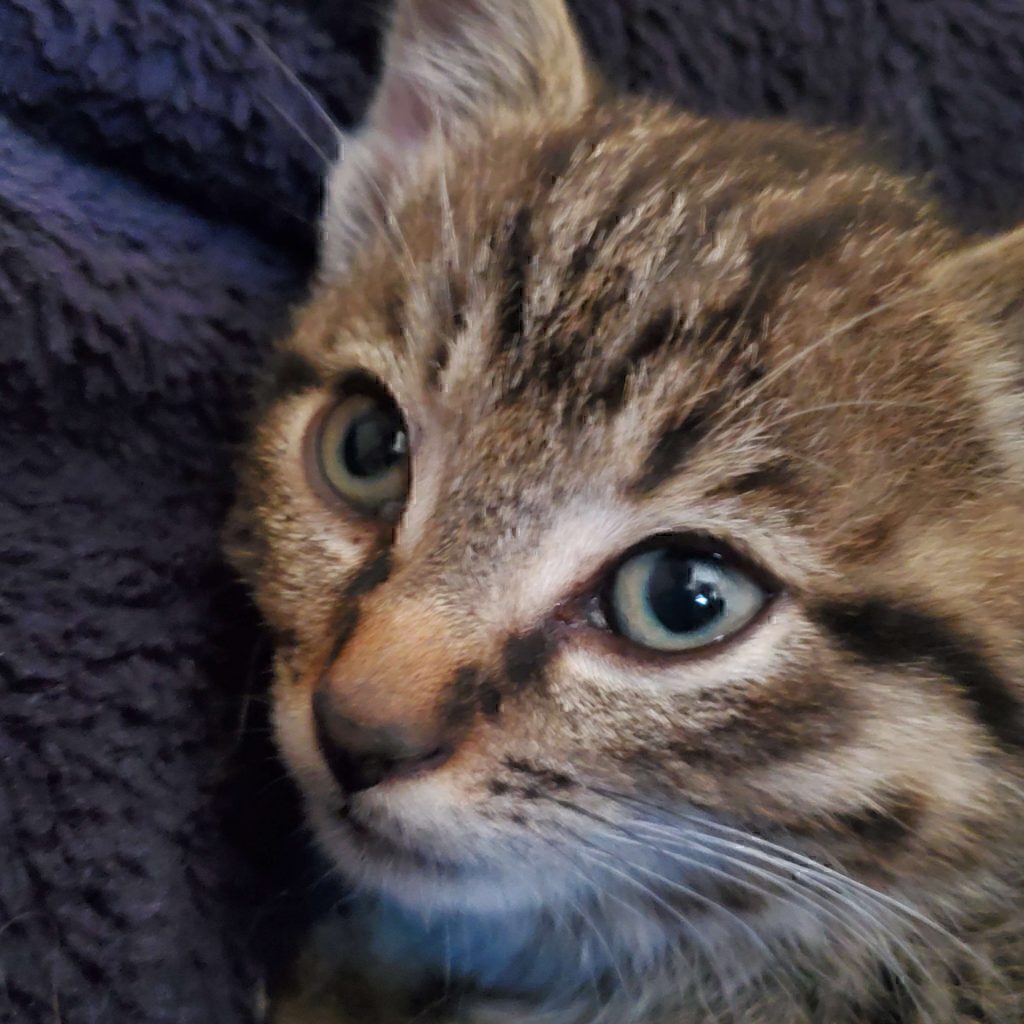
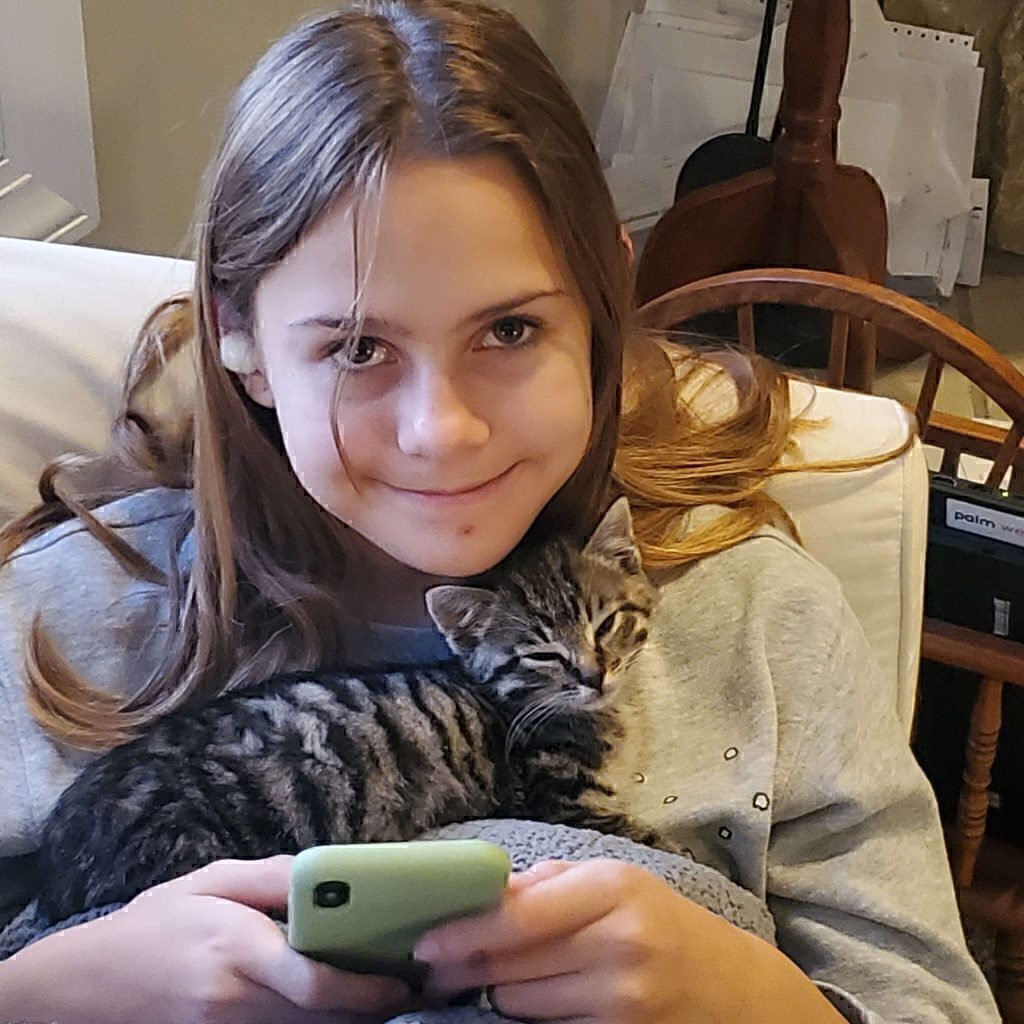
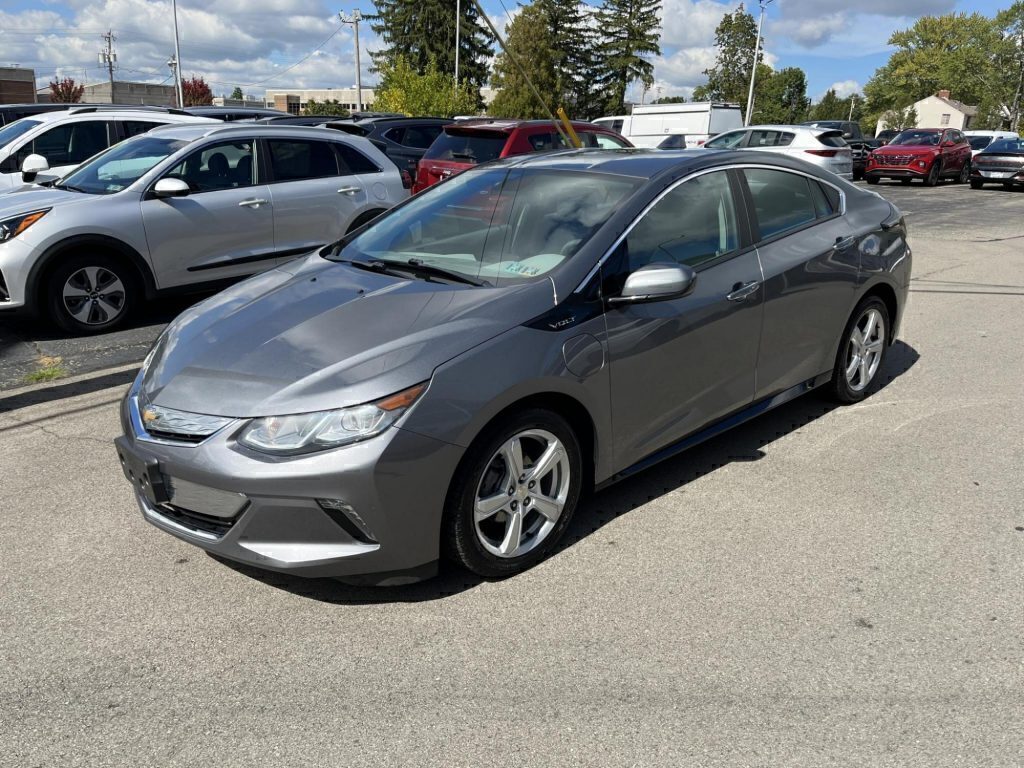

 While we’re on the topic of eschewing popular hardware, Kobo is worthy of an honorable mention. Having worked on Kindle, and being a user for so long, I have to admit that I was largely unaware that alternatives existed. But as the battery of my beloved Oasis 1 (the two-part Kindle with removable battery cover, code-named Whisky-Soda) began to die, I decided to try an alternative that fed less into Amazon’s push toward world-domination.
While we’re on the topic of eschewing popular hardware, Kobo is worthy of an honorable mention. Having worked on Kindle, and being a user for so long, I have to admit that I was largely unaware that alternatives existed. But as the battery of my beloved Oasis 1 (the two-part Kindle with removable battery cover, code-named Whisky-Soda) began to die, I decided to try an alternative that fed less into Amazon’s push toward world-domination.